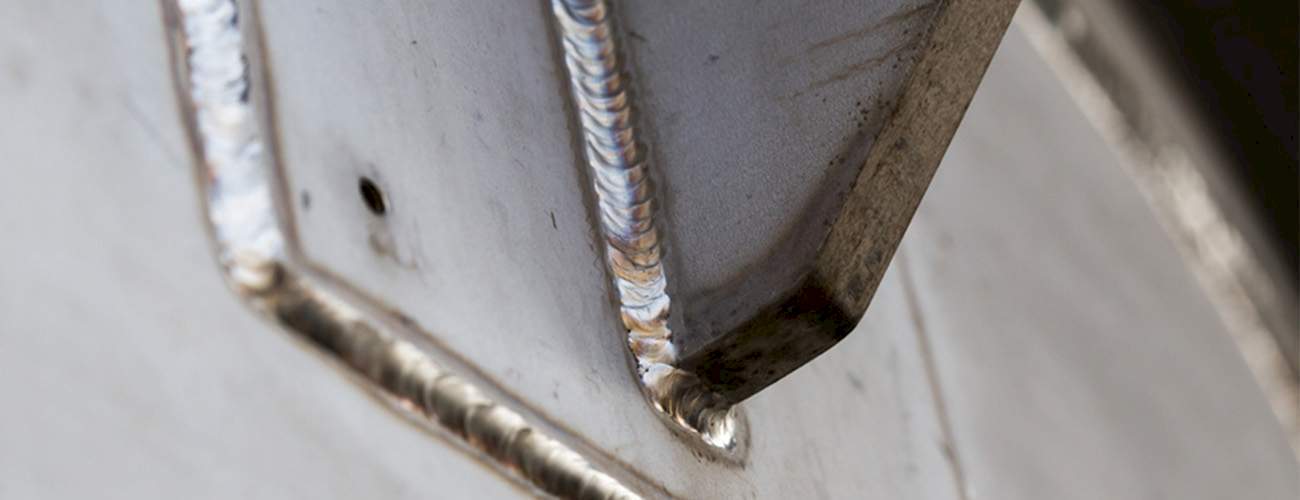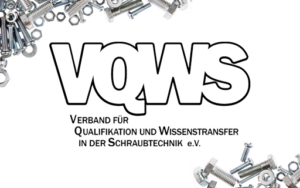
Welding connections in the digital age
Welding has established itself as a permanent joining process in many industries and can look back on a long history. In times of digitalization, welding processes are becoming increasingly automated. However, high quality requirements for the processing, design and layout of welded joints still require appropriate expertise from designers and engineers. Knowledge of the verification of the weld seam is necessary for this. For reasons of efficiency, weld seams should not be overdimensioned, but for reasons of safety they should be safe enough, as component failure due to incorrectly calculated weld seams can result in considerable damage - including personal injury.
The dimensioning of welded joints with their different seams is often complex, as a large number of parameters (such as seam thicknesses, seam positions and loads) have to be taken into account. Although it is possible to simulate the welded joint using the finite element method, the development of a suitable FE model is complex and time-consuming and the possibilities for verifying safety with this method are limited.
Why you benefit from a software-supported weld seam calculation:
The verification of weld seams on the basis of standards, data sheets and guidelines has therefore proven itself in practice. Companies not only have to prove the long-term reliability of a weld seam, but also document its calculation and the welding process in a traceable manner. The use of a suitable tool such as MDESIGN weld facilitates the calculation and ensures the necessary reliability of the design and its verification.
Depending on the type of load and stress and depending on the geometry and the standard / set of rules to be used, different concepts can be used to assess the load-bearing capacity of weld seams.
Advantages for the software-supported design of the weld seam:
- Safety: Automated, standardized calculations lead to reliable results.
- Optimization: Components and weld seams must not be oversized in order to meet design objectives such as lightweight construction, efficiency and sustainability.
- Proportionality: The welded joint should not be designed with excessive safety, but should be as safe as necessary with maximum reliability.
- Up-to-date: Contemporary verification of welded components based on current guidelines (Eurocode 3, DVS, FKM)
- Obligation to provide evidence: Automatic creation of comprehensive project documentation fulfills the documentation obligations in other languages.
In addition, digital processes facilitate cross-departmental and cross-location teamwork, which is becoming increasingly important in view of the growing demands on the work process and competitiveness.
Like all MDESIGN calculation libraries, MDESIGN weld offers clear operation for immediate use. Required parameters such as connection shape, seam type and seam thickness as well as their boundary conditions and loads can be specified quickly. Help, recommendations and notes provide support in conjunction with a graphical wizard. Databases for profiles, geometric shapes and materials allow easy access to numerous standard profiles. You can also integrate your own material properties into the databases. You can create your calculation documentation at the touch of a button - also in English, for example. This project documentation creates security for your verification.
Safely design welded joints with specialist knowledge and avoid expensive damage
No uniform standard has yet been established for the calculation of weld seams. Depending on the area of application, several calculation methods exist in parallel, e.g. the DVS code of practice, the FKM guideline and Eurocode 3. The designer must therefore decide which method to choose according to requirements. The MDESIGN knowledge update provides the necessary specialist knowledge about the most important process principles and the relevant material properties for welding.
The online seminar "Design and verification of weld seams" provides practical technical and methodological knowledge for the successful use of welded joints. In addition, the focus is placed on the causes of weld seam defects and their effects on the welded construction and how to avoid them. Design your welded joint in accordance with standards, load-bearing capacity and efficiency.



